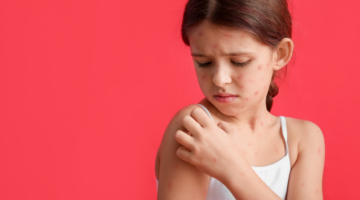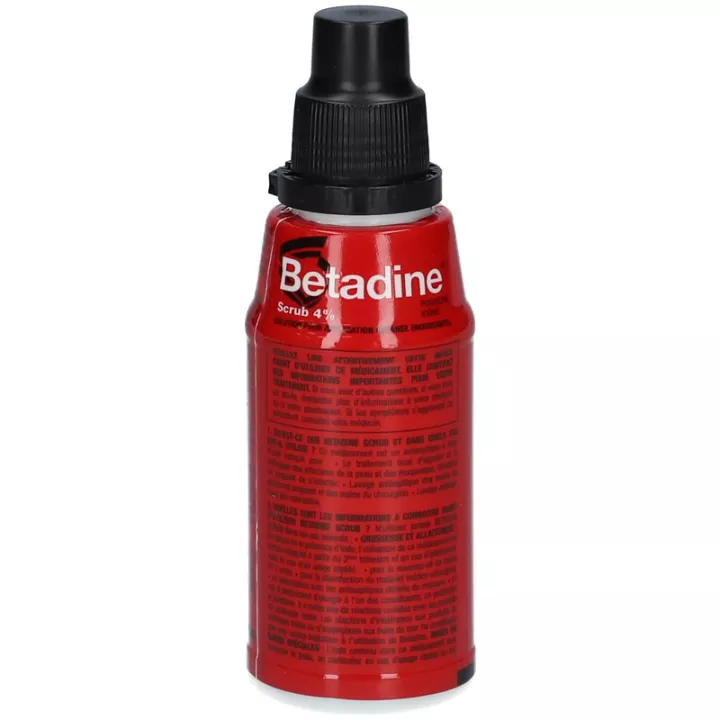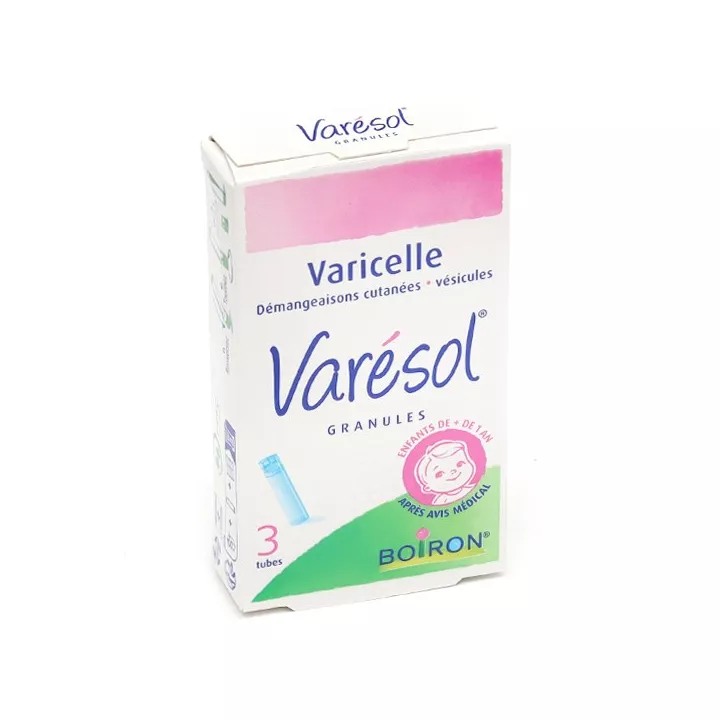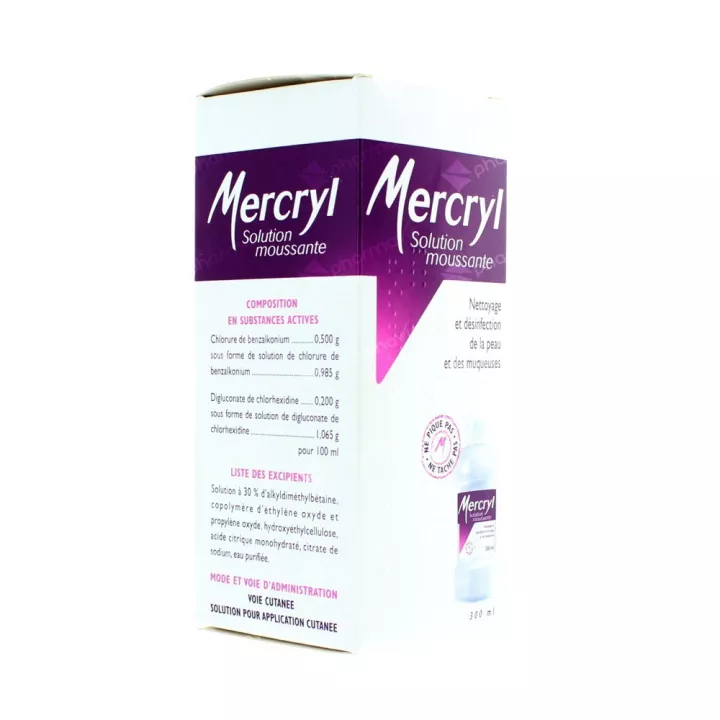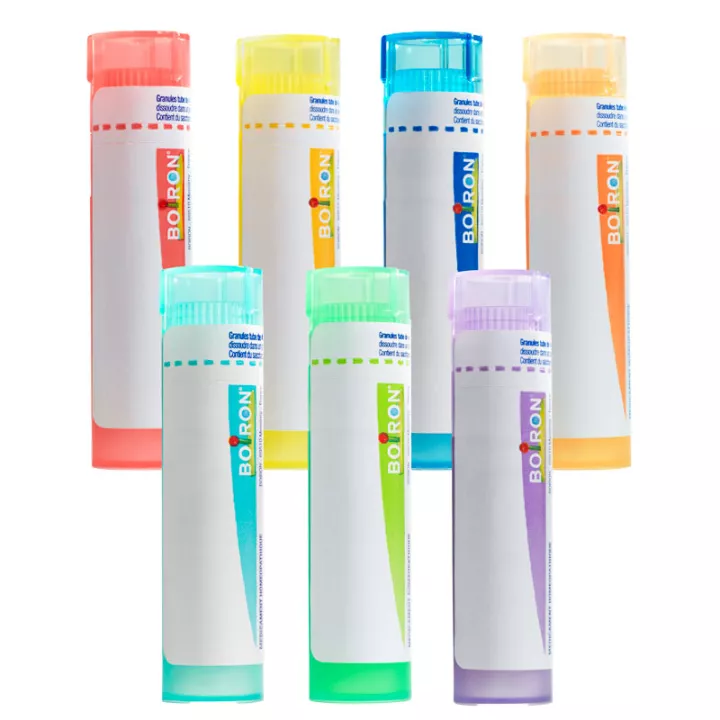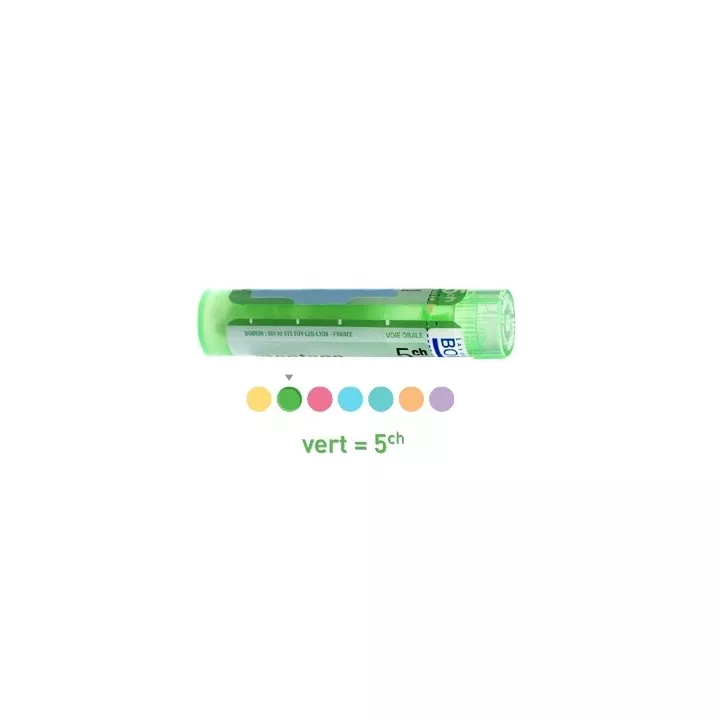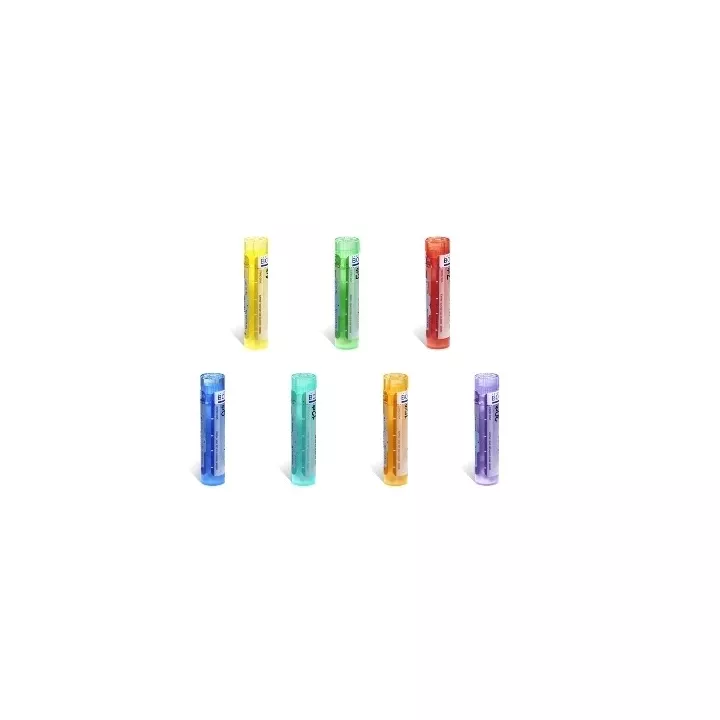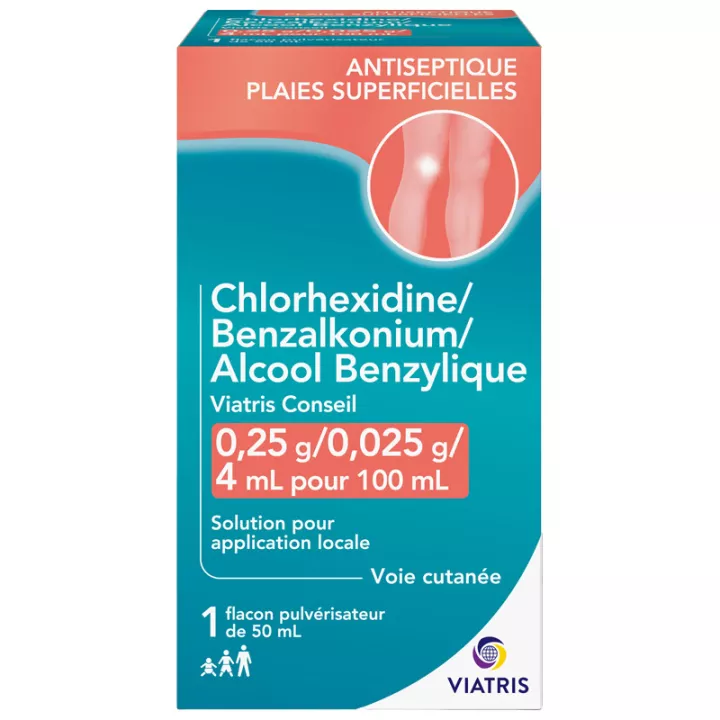Chlorhexidine Septivon Digluconate 1.5% Antiseptic solution for the treatment of chickenpox
Septivon belongs to a family of medicines called antiseptics . It works by destroying bacteria. It is used to cleanse or locally treat skin that is infected or is at risk of becoming infected .
Description Septivon 1.5% antiseptic solution
Septivon is a local antiseptic. Chlorhexidine Septivon Digluconate 1.5% is a solution for skin application indicated for the cleansing and adjunct treatment of primarily bacterial skin conditions or likely to be superinfected.
Septivon is used for cleaning and adjunct treatment lesions infected or at risk of infection.
How to relieve chickenpox itching with Septivon
Chickenpox is caused by the varicella- zoster virus (VZV), a virus of the herpes family . Chickenpox is a highly contagious viral infectious disease that most commonly affects babies and young children. It is responsible for a rash of vesicles on the skin and mucous membranes.
Septivon Antiseptic Solution is a medicine that contains a antiseptic room associated with a foaming agent.
Applying Septivon antiseptic soap to chickenpox pimples while washing helps soothe the itching.
Chickenpox heals after 12 days: the spotty vesicles dry up and gradually disappear on the skin.
How to use Septivon for the treatment of skin conditions
This medication is applied to the skin. Don't swallow it.
It is used pure or diluted with water.
This medicine can be used pure :
- If you need to brush small lesions.
- If you need to wash an area of your skin.
This medication can be used diluted :
- If you need to wash an area of your skin. In this case, pour 3 caps of Septivon for 1 liter of water.
- If you need to soak an area of your skin. In this case, pour 3 plugs of Septivon for 2 liters of water.
- In women who have to wash the vulva. In this case, pour 3 caps of Septivon for 1 liter of water.
After use :
Rinse thoroughly after using this medicine.
Composition of the solution for skin application Septivon
The active substance is : chlorhexidine digluconate (1.5 g per 100 ml of solution).
The other ingredients are : alkanamidopropylbetaine, coconut fatty acid diethanolamine, polyalkene glycol 3000, sodium edetate, pine scent, purified water.
Precaution of use
If you use more SEPTIVON than you should: tell your doctor or pharmacist.
If you forget to use SEPTIVON: Do not use a double dose to make up for the single dose you forgot to use.
Never use SEPTIVON:
- if you are allergic (hypersensitive) to chlorhexidine or any of the ingredients,
- to disinfect medical and surgical equipment,
- in application in the eyes,
- in application in the ears in the event of eardrum perforation.
Take special care with SEPTIVON:
Use cleanly and don't keep it for long after it starts. Indeed, microbial contamination is possible upon opening, especially when the volume of the bottle is greater than 250 ml.
In addition, you must be careful if you are using Septivon :
- over a large area of skin,
- under a waterproof and air-tight bandage,
- on deeply burned skin,
- on the skin of a premature baby or infant. This is because there is a risk that the active substance will pass into the bloodstream.
Taking or using other medicines :
- This medication should not be used at the same time as other local antiseptics because there is a risk that the combination of several antiseptics is incompatible or may render them ineffective.
- If you are using soap beforehand, you should rinse the skin thoroughly before using Septivon.
Conditioning of Septivon
Septivon Antiseptic Solution comes in the form of a 250 ml and 500 ml bottle.
Advice from your expert pharmacist in case of chickenpox
Symptoms of chickenpox in children
- moderate fever up to 38 ° C, with possible headaches;
- raised redness of the skin with rapid blistering or blistering. The latter measure three to four millimeters in diameter, are filled with a clear liquid (the appearance of dew drops) which quickly becomes cloudy;
- severe itching of the skin (pruritus).
How to react well in case of chickenpox .
- Prevent it from scratching : To prevent scarring and to prevent superinfection of lesions that could lead to hospitalization, the child must be avoided.
- We take care of chickenpox pimples : And for that, the ideal remains to disinfect them daily using a local antiseptic. If your children are still wearing diapers, be sure to change them as often as possible to prevent the blisters in this area from becoming infected with moisture.
- We limit the baths : In addition to promoting the risk of secondary infection, maceration in water softens the scabs and slows the healing process. Prefer quick showers with cool (to relieve itching) or lukewarm water.
- Avoid the sun : And heat in general, which tends to accentuate the itching. Keep the temperature below 20 ° C in your home.
